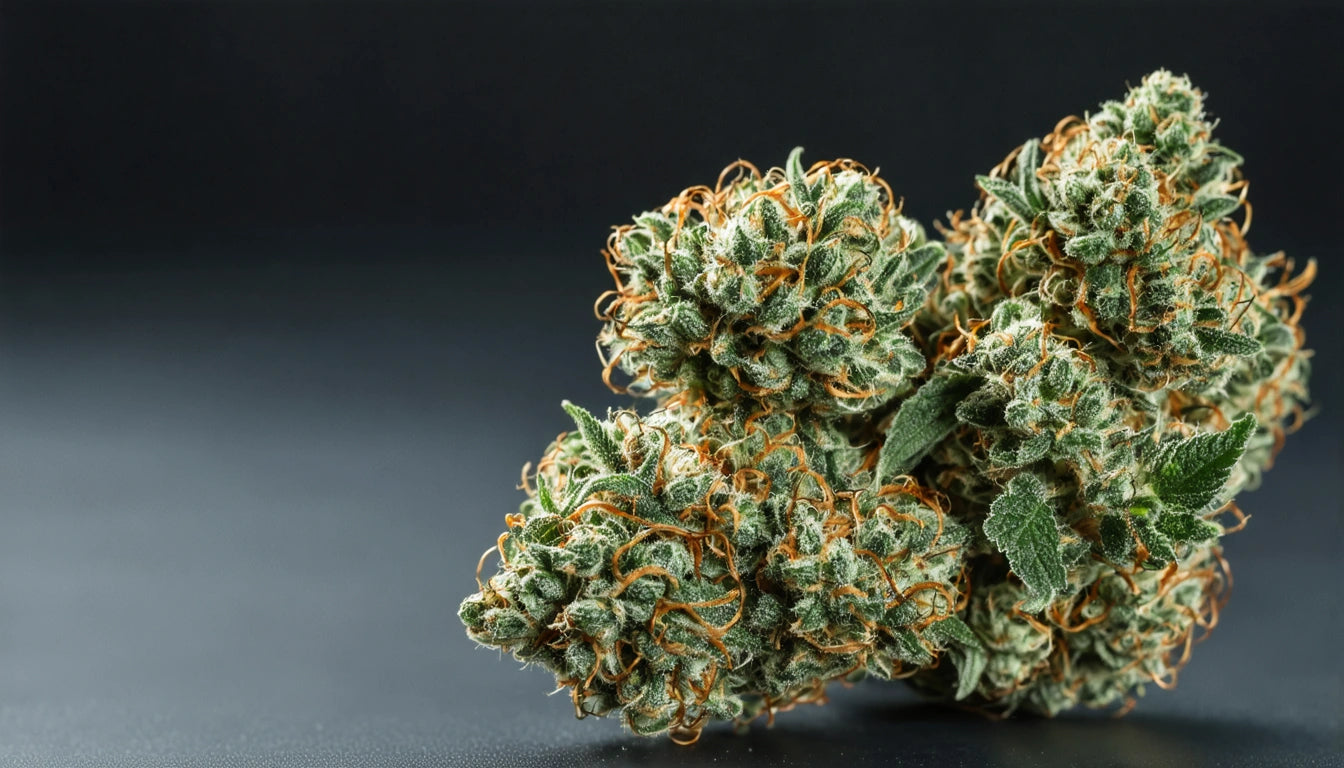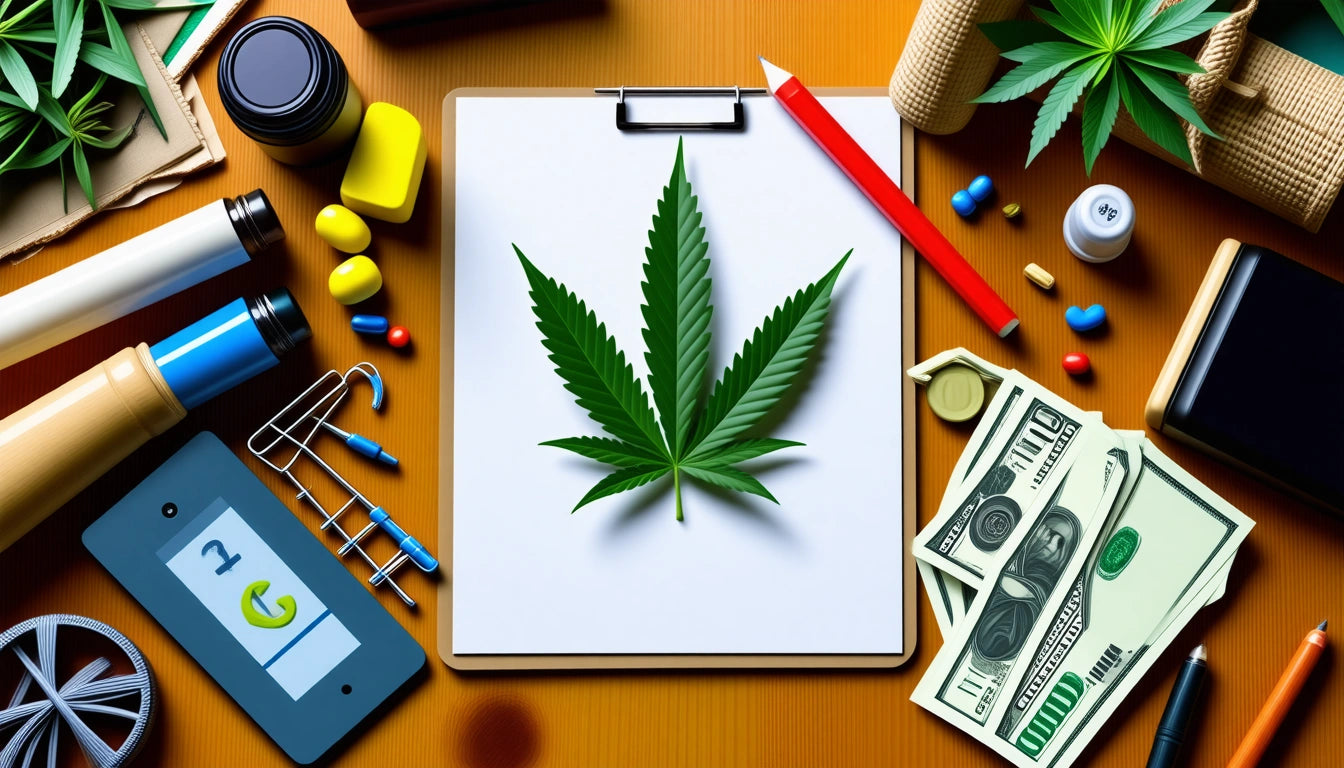Table of Contents
- Humidity Requirements During Cannabis Vegetative Stage
- Managing Humidity During Flowering
- Outdoor Growing Humidity Challenges
- Optimal Humidity Levels for Drying Cannabis
- Best Humidity Range for Curing Cannabis
- Methods to Control Humidity During Each Stage
- Essential Tools for Monitoring Humidity
- Best Practices for Long-Term Humidity Management
Optimal Humidity Levels for Growing, Drying, and Curing Cannabis
Maintaining proper humidity levels throughout the cannabis lifecycle is crucial for developing potent, aromatic, and high-quality flower. Each stage requires specific humidity conditions to prevent mold, optimize terpene preservation, and ensure maximum potency. This guide covers the ideal humidity levels from seedling to cured product, with practical methods to maintain these conditions.
Humidity Requirements During Cannabis Vegetative Stage
The best humidity for cannabis vegetative stage typically ranges between 65-70%. Young cannabis plants thrive in higher humidity environments because their root systems are still developing. The elevated moisture levels allow plants to absorb water through their leaves while roots establish.
During early vegetation, humidity can be maintained slightly higher at 70-75%. As plants develop and enter the later vegetative stage, gradually reduce humidity to 65% to prepare them for flowering conditions. This gradual reduction helps prevent stress while encouraging stronger stem and leaf development.
Why Vegetative Plants Need Higher Humidity
- Encourages water uptake through leaves
- Reduces transpiration stress
- Promotes faster growth and stronger stems
- Helps prevent nutrient burn
According to research on optimal humidity levels, maintaining proper moisture during vegetation significantly impacts final yield and quality.
Managing Humidity During Flowering
As plants transition to flowering, humidity requirements change dramatically. Reduce levels to 40-50% during this critical phase. Lower humidity during flowering helps prevent bud rot (botrytis) and powdery mildew while encouraging resin production.
During the late flowering stage, further reduce humidity to 40-45% to minimize the risk of mold developing in dense buds. This reduction also signals to the plant to increase trichome production as a protective mechanism, potentially increasing potency.
Outdoor Growing Humidity Challenges
Understanding what high humidity does to outside marijuana growing operations is essential for successful cultivation. Excessive moisture in outdoor environments can lead to several problems:
- Increased susceptibility to mold and mildew
- Higher risk of bud rot, especially during rainy seasons
- Reduced terpene concentration
- Slower drying of morning dew, creating persistent moisture
Outdoor growers in humid climates should select mold-resistant strains and consider using temporary coverings during rainy periods. Strategic pruning to improve air circulation can also mitigate humidity-related issues in outdoor grows.
Optimal Humidity Levels for Drying Cannabis
The best humidity for drying cannabis falls between 45-55%, with the best temperature and humidity for drying cannabis being 60-70 °F (15-21 °C) with 50% humidity. This combination slows the drying process enough to preserve terpenes while preventing mold growth.
A proper drying environment requires:
- Consistent airflow without direct fan contact
- Darkness to preserve cannabinoids
- Stable temperature and humidity
- Adequate space between hanging branches
For commercial operations, specialized storage solutions like mylar bags help maintain optimal conditions after drying, especially when preparing product for distribution. These moisture-resistant containers help preserve freshness during the transition from drying to curing.
According to experts on optimal drying conditions, the drying process typically takes 7-10 days when proper humidity levels are maintained.
Best Humidity Range for Curing Cannabis
The best humidity for curing cannabis is 58-62%. This narrow range promotes the breakdown of chlorophyll and the conversion of remaining sugars and starches without risking mold. At this humidity level, enzymatic processes continue that improve flavor and smoothness.
When Does Curing Stop?
At what humidity does curing stop? The curing process effectively halts when humidity drops below 55%. Without sufficient moisture, the beneficial bacteria and enzymes responsible for breaking down chlorophyll and harsh compounds become inactive. This is why maintaining proper humidity in curing jars is crucial for quality.
How to Raise Humidity in Curing Jars
If humidity levels drop too low during curing, several methods can help raise humidity in curing jars:
- Add a small piece of fresh fan leaf (monitor closely)
- Use humidity control packs calibrated to 62%
- Place a small piece of orange peel temporarily (no longer than 24 hours)
- Transfer to slightly smaller jars to concentrate existing moisture
Regular monitoring with hygrometers is essential when adjusting humidity to prevent overshooting the target range.
Methods to Control Humidity During Each Stage
Different stages require different humidity control approaches:
Vegetative Stage Humidity Control
- Humidifiers for dry environments
- Misting systems on timers
- Propagation domes for seedlings and clones
- Water trays to increase ambient moisture
Flowering Stage Humidity Control
- Dehumidifiers to reduce moisture
- Increased ventilation and air exchange
- Air conditioning systems
- Strategic watering (morning only) to reduce nighttime humidity
Drying Room Humidity Control
- Dedicated dehumidifiers with drain hoses
- Environmental controllers with humidity sensors
- Sealed rooms with controlled air exchange
- Back-up systems for consistent conditions
Curing Humidity Control
- Humidity control packs (58-62%)
- Regular burping of jars
- Digital hygrometers in each container
- Temperature-controlled storage areas
For larger operations, automated environmental control systems can maintain perfect conditions throughout each stage.
Essential Tools for Monitoring Humidity
Accurate monitoring is critical for maintaining optimal humidity levels:
- Digital hygrometers for grow rooms and drying areas
- Environmental controllers with data logging
- Small hygrometers for curing jars
- Wireless monitoring systems for remote alerts
- Backup manual hygrometers for verification
Calibrating these devices regularly ensures accurate readings and helps prevent humidity-related crop issues.
Best Practices for Long-Term Humidity Management
Successfully managing humidity throughout the cannabis lifecycle requires a comprehensive approach. Implementing these strategies will help maintain optimal conditions from growth through storage:
- Create separate environments for different growth stages
- Install redundant humidity control systems for critical phases
- Develop standard operating procedures for humidity emergencies
- Train staff on humidity management principles
- Regularly calibrate and maintain all monitoring equipment
- Document humidity levels daily to identify patterns and issues
By carefully controlling humidity at each stage, growers can significantly improve quality, potency, and terpene preservation while reducing the risk of crop loss from mold or improper drying conditions.











Leave a comment
All comments are moderated before being published.
This site is protected by hCaptcha and the hCaptcha Privacy Policy and Terms of Service apply.